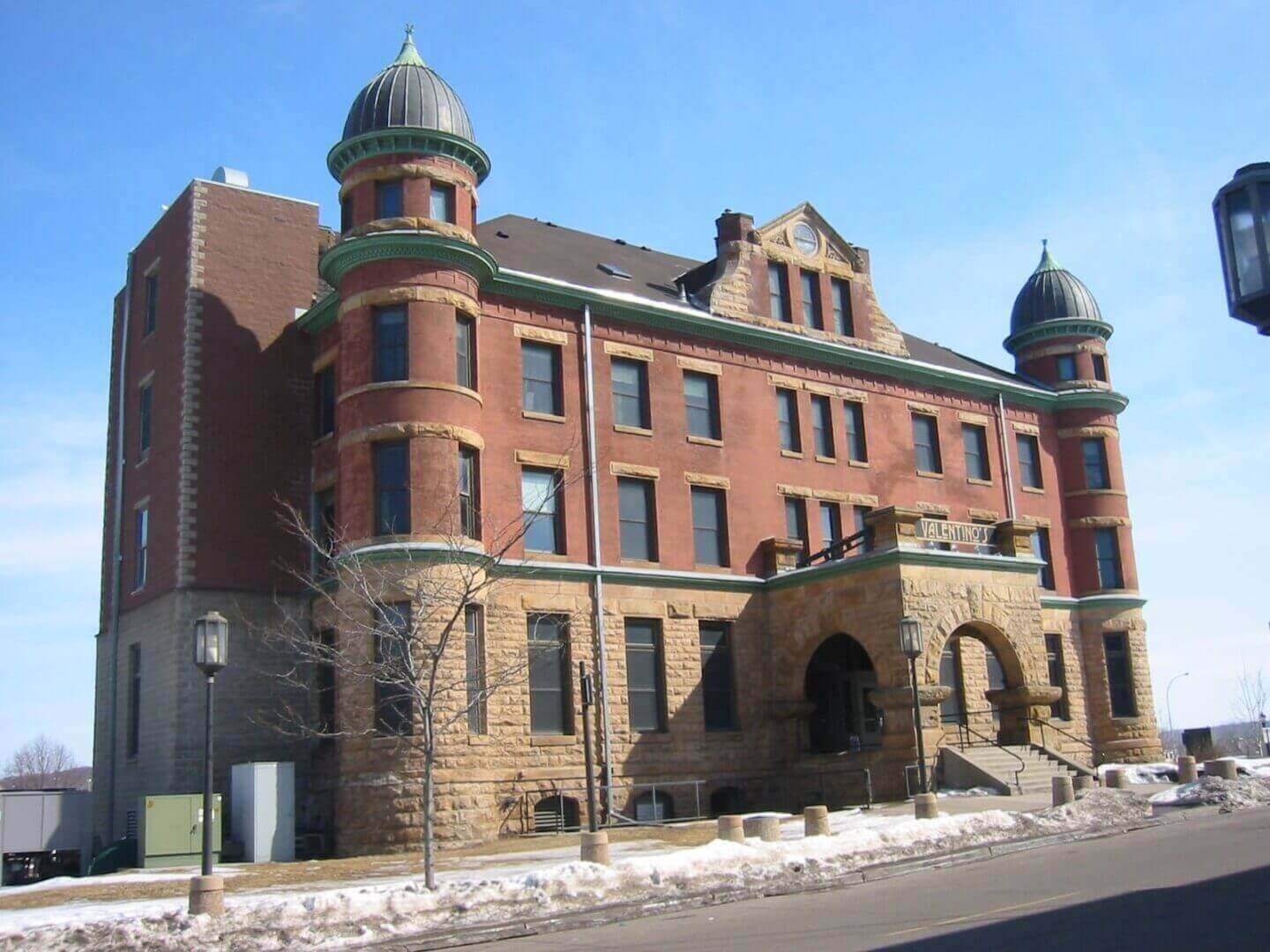
It's pretty scary to realize that I've been working in subsidized housing since before HUD was created. I started with my first housing authority in 1963, and the Housing and Urban Development Act of 1965 created HUD as a Cabinet-level agency. The Public Housing Administration, U.S. Housing Authority, and House and HomeFinancing Agency were all swept into the newly formed and reorganized United States Department of Housing and UrbanDevelopment (HUD). I worked for a large agency in the housing rehabilitation department, but that's not where I fell in love. I fell in love in a little city in Minnesota.
Urban renewal on Concord Street
Before I start, I must tell you that this was the location of two love affairs. I'll let you read it and figure it out. My urban renewal experience began in a smaller housing authority, where our charge was to redevelop a rundown area called "Concord Street."
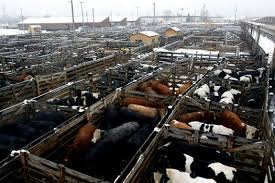
The primary business of the city was the stockyards and the world's largest meat packing center. https://www.dakotahistory.org/images/HistoryMaps/South-St.-Paul-History-Map.pdf.
When I first arrived, on some days there was quite a smell, and I asked what the smell was and someone told me, "It's the stockyards, but it smells like money." https://www.postbulletin.com/more-memories-from-the-south-st-paul-stockyards/article_59152bf6-04d6-591c-8d12-2666f7339782.html
For 128 years, South St. Paul was all about meat. The cattle industry formed the city and provided jobs for residents, a signature stench and a high school team name: the Packers.
Then in 2008, the stockyards, once one of the nation’s largest, closed. The stockyards was a major employer, and when it closed, it was an emotional experience for many people in the town. https://www.mprnews.org/story/2008/04/11/stockyard_closes
But back in the 1960's, the stockyards was still going strong. Concord Street provided housing in many dilapidated structures, but was home for the poorer people (primarily men) to live, usually over businesses.
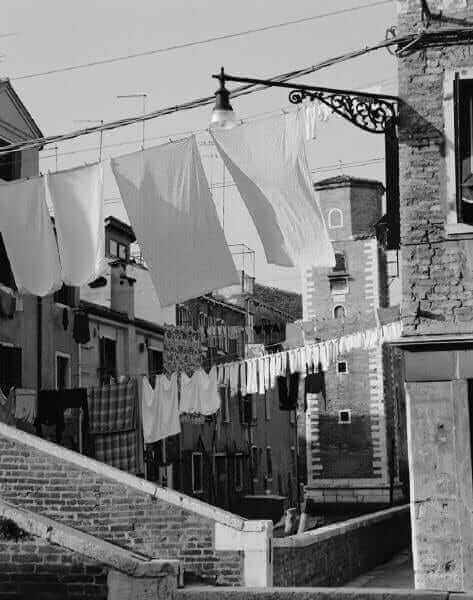
Part of my job was to relocate the people and businesses affected by urban renewal. I was in my early 20s at the time, and I had to ferret out where people lived and procure information from them for relocation purposes. I found Babe, who talked to parking meters; Mary, who was tough enough to be one of the few women who lived in a one-room unit in an old wooden building on Concord Street; and Mike, who was a quiet, interesting guy from "the old country." It was a first-generation immigrant location where the huddled masses of southern and eastern Europe could find a livelihood no matter what language they spoke.
In addition to the individual rooms, we needed to find housing for people who worked in the stockyards but lived on Concord Street in what were referred to as "chicken coops." My boss wouldn't let me go there (he probably figured it was too dangerous for a 24-year-old blonde), but I heard all about them from the guys who went. They were described as little wire cages within a big building, where the men who worked in the stockyard slept.
We discovered that most of the people who had to be relocated, other than the stockyard workers, were elderly. There weren't enough low-cost places to relocate all the elderly people. In addition, we had to figure out what to do with the land once we tore down the buildings and relocated the people. The city wanted to find a better use for the unsightly Concord Street.
When I interviewed top-of-the-hill residents on what they saw as the potential for bottom-of-the-hill Concord Street, they were appalled that anyone would actually go down there and thought no one ever would, no matter what we did. That did not portend well for the future of our urban renewal project.
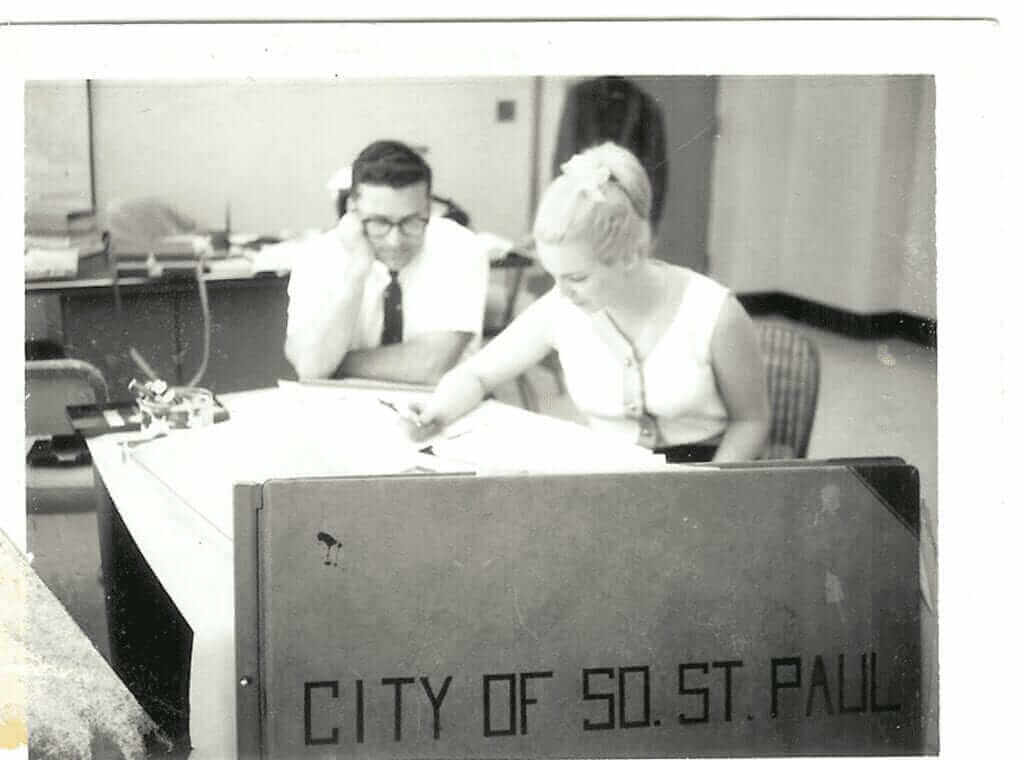
I decided to try a different tact. I built a board with wooden blocks representing various types of buildings that could be moved around. I went around to groups and organizations and had them "build" what they wanted to see Concord Street become. It generated a lot of interest in the project.
We still had to solve the problem of relocation. We decided to apply for elderly housing. We had to sell the idea, because whenever anyone mentioned public housing, community residents pointed to the "projects" in the nearby larger city, and they wanted nothing to do with that kind of housing.
After many meetings, the housing authority submitted an application to HUD for elderly housing. At the time, elderly housing was restricted to people 62 years of age or older. I wrote and submitted the application. It was approved and funded, and we opened the project to bids.
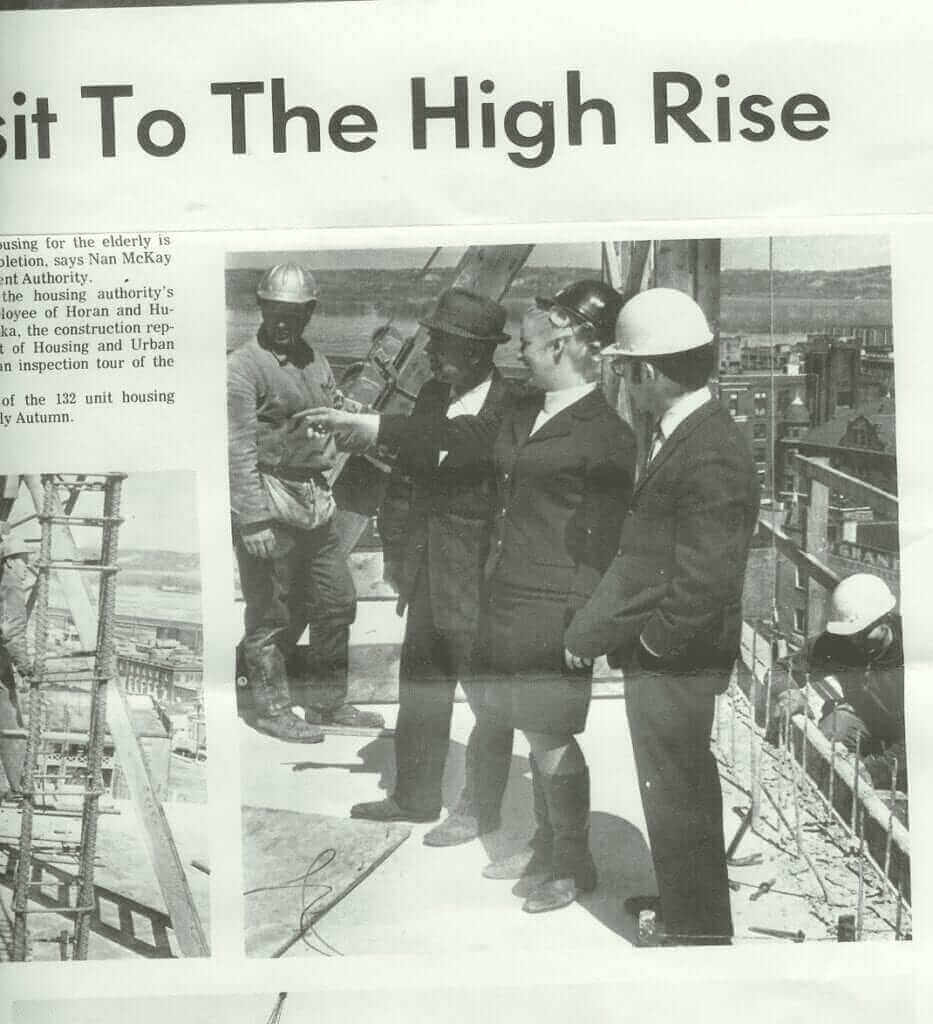
We decided to do it as a "turnkey" project. Prior to this method of development, the only choice housing authorities had was to hire an architect who drew the plans. Then the housing authority would bid out the design, buy the land, and bid out the construction. With the new method, turnkey, the developer would present plans and costs and, at the end of the construction project, turn it over to the housing authority when it was ready for occupancy. It was a new way to do the buildings, it was faster, and we wanted to be in the new wave.
In your 20s, you're excited about everything, especially with a job as much fun as this one was. I'd always been interested in design, although I wasn't an architect or even a reader of plans, but this was my baby and I wanted to do it! I took classes. I learned to read plans. I studied. I questioned people until they were sick of me.
We finally awarded a contract to a developer. I got to go all the way to the HUD office in Chicago to present plans with the developer and report on the construction progress. They didn't have state HUD offices then, only regional HUD offices.
I remember Mr. Papadopolis, a HUD staff person, who reviewed the plans. I think it was hard for him not to wonder why my housing authority had hired this 20-something, and perhaps laugh (behind his hands and my back, of course). I held my head up and talked the talk about the plans like a pro —well, sort of like a pro.
I got a hard hat that barely fit over my updo hairstyle, and I lived every nail in every board and every concrete pour. I stood on each floor as the building went up, and as I looked down into what would be the elevator shaft, I envisioned all the people who were going to live in this wonderful building. The nine-story elderly highrise was being built sort-of-at-the-top-of-the-hill, looking down on Concord Street.
